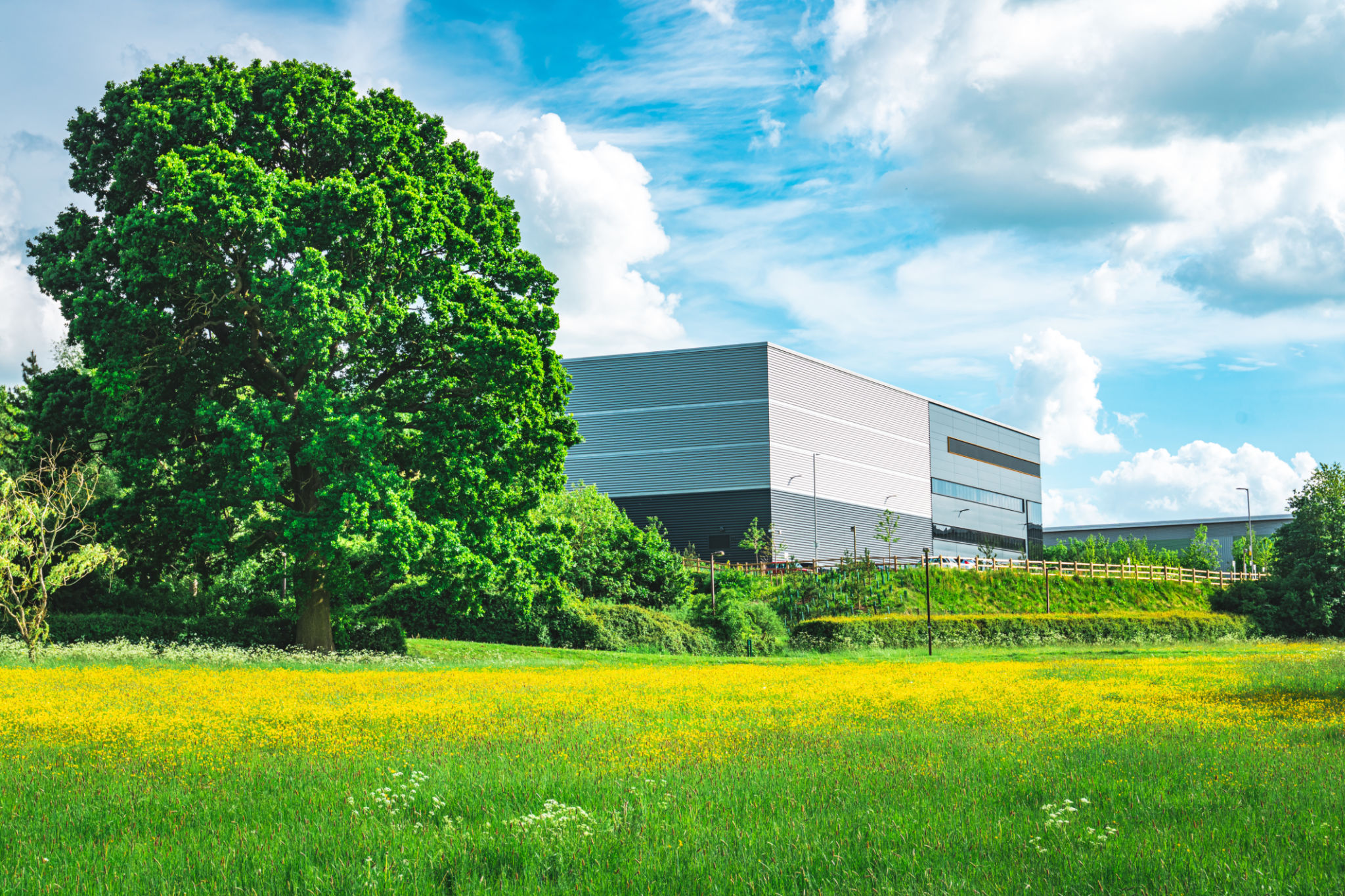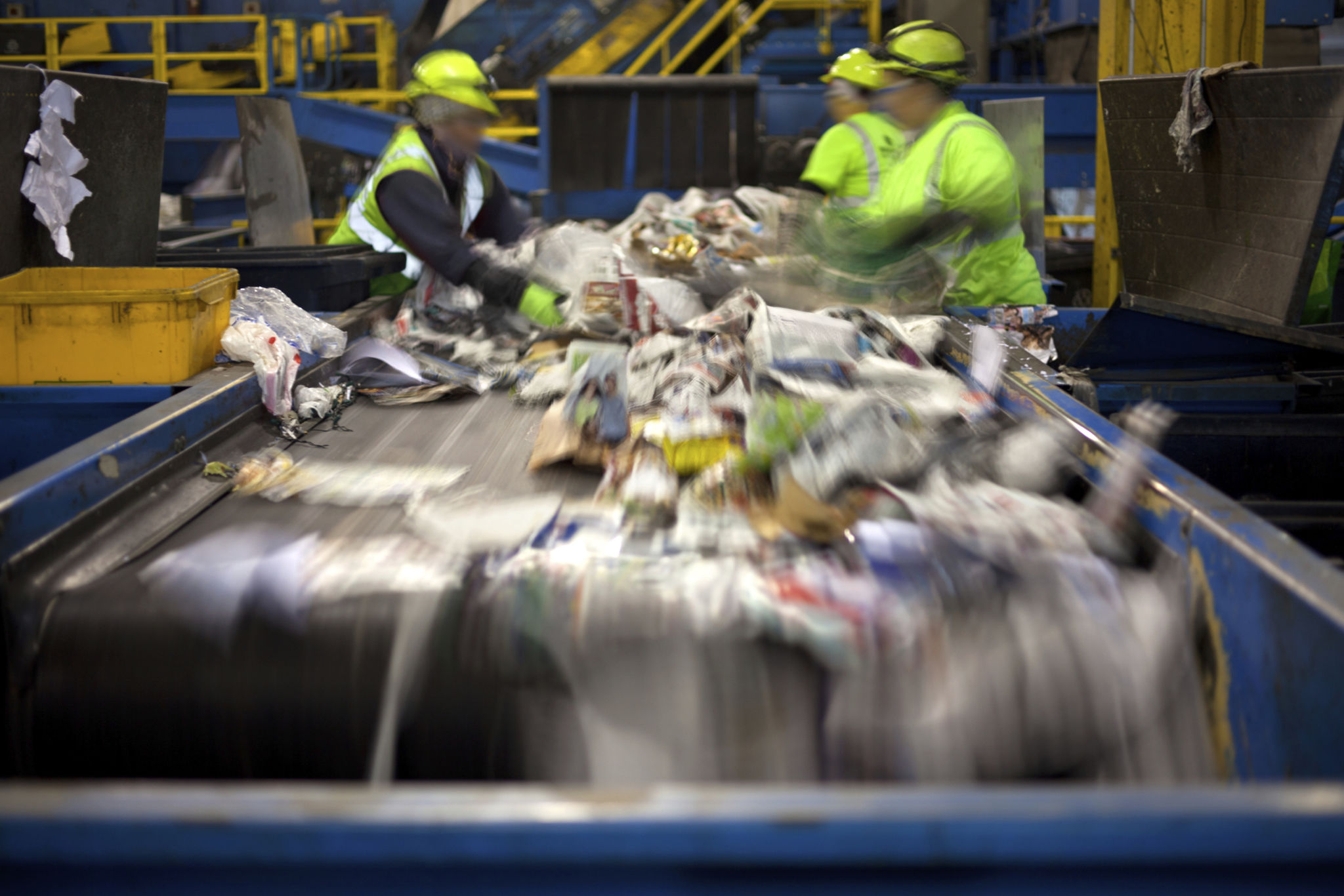Innovative Eco-Friendly Practices in Warehouse Design
Introduction to Sustainable Warehouse Design
In the evolving world of logistics and supply chain management, warehouses play a crucial role. As businesses strive to become more environmentally conscious, innovative eco-friendly practices in warehouse design have gained momentum. These practices not only reduce environmental impact but also enhance operational efficiency.
Modern warehouses are no longer just storage spaces; they are becoming integral components of sustainable business operations. By integrating green technologies and sustainable design principles, companies can significantly reduce their carbon footprints.

Energy Efficiency and Renewable Energy
One of the most impactful ways to make warehouses eco-friendly is by improving energy efficiency. This can be achieved through the use of energy-efficient lighting systems like LED lights, which consume significantly less power compared to traditional lighting solutions.
Additionally, many warehouses are now equipped with renewable energy sources such as solar panels. By harnessing solar energy, warehouses can substantially cut down on electricity costs and reliance on non-renewable energy sources.
Water Conservation Techniques
Water conservation is another pivotal aspect of eco-friendly warehouse design. Implementing rainwater harvesting systems allows warehouses to collect and reuse rainwater for non-potable applications such as irrigation and toilet flushing.
Installing low-flow fixtures and automatic shut-off valves can further reduce water consumption. These measures help in conserving water resources while also reducing utility bills.

Sustainable Building Materials
The choice of building materials plays a crucial role in the environmental impact of a warehouse. Using recycled or sustainably sourced materials can greatly diminish the carbon footprint of construction projects.
Materials like bamboo, recycled steel, and precast concrete are increasingly popular in eco-friendly warehouse designs. These materials not only provide durability but also contribute to sustainability goals.
Advanced Waste Management Systems
Innovative waste management practices are essential for maintaining an eco-friendly warehouse. Implementing recycling programs and composting organic waste can significantly reduce the amount of waste sent to landfills.
Warehouses can also incorporate automated systems for sorting and processing waste, ensuring that recyclable materials are efficiently separated from non-recyclables.

Smart Technology Integration
The integration of smart technologies is transforming warehouse operations. IoT (Internet of Things) devices can monitor and optimize energy usage, track inventory more efficiently, and reduce unnecessary resource consumption.
Automation and robotics also contribute to sustainability by enhancing productivity and minimizing errors, which in turn reduces wastage and resource usage.
Conclusion: The Future of Eco-Friendly Warehousing
The future of warehousing is undoubtedly green. By adopting innovative eco-friendly practices, businesses not only contribute to a healthier planet but also gain a competitive edge through cost savings and improved brand image.
As technology advances and sustainability becomes a priority, the adoption of these practices will continue to grow, leading to more efficient and environmentally responsible warehouse operations.